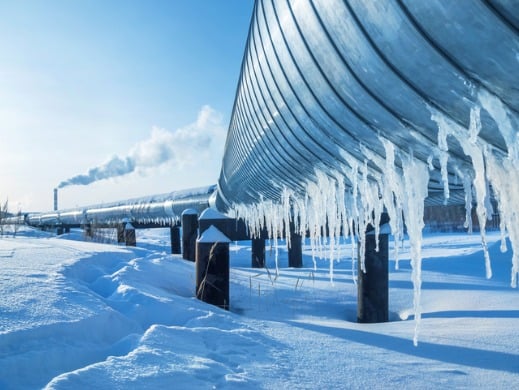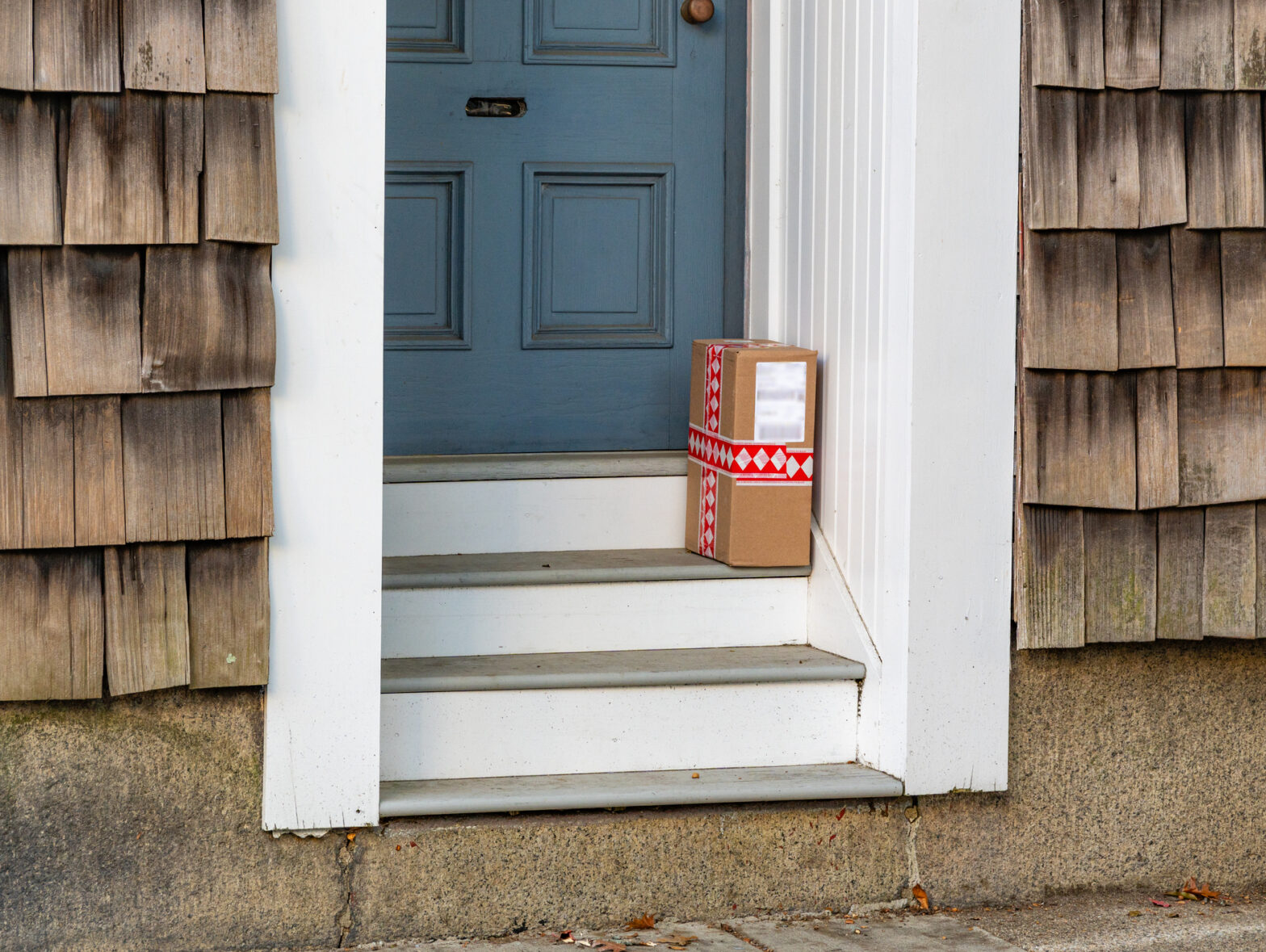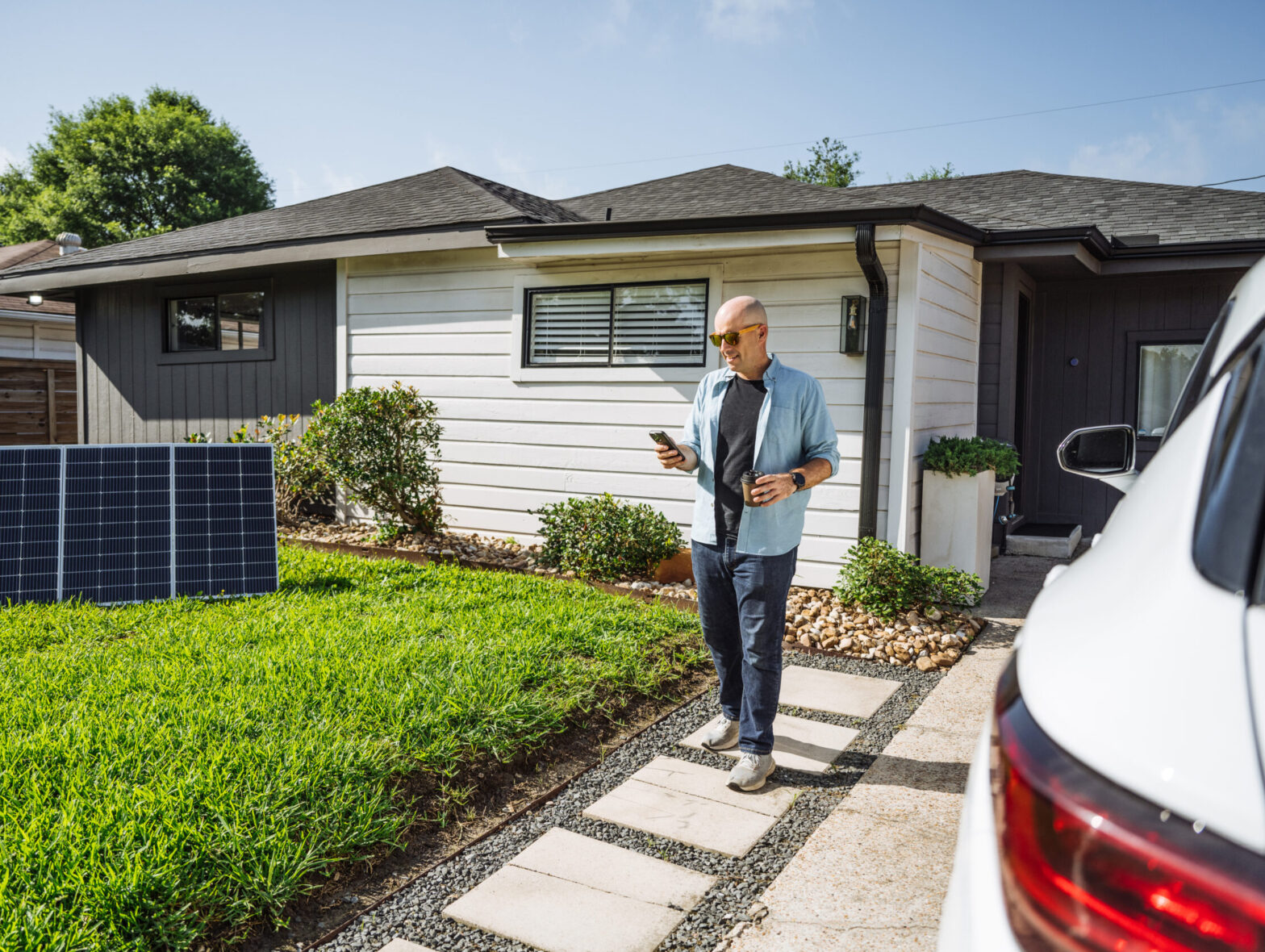Several factors are converging to make winter load flexibility a critical need for utilities. Increasing energy prices, extreme weather patterns, and increased electrification are some of the factors driving utilities to evaluate ways to better engage with customers to meet their winter capacity needs.
What’s Driving Winter Demand
Energy prices have skyrocketed, leading to more expensive costs for customers to heat their homes–especially for those reliant on gas. Last year, customers paid 14.3% more for their energy–twice the already high inflation rate. This December, natural gas prices rose to $30/MMBtu and even higher, resulting in wholesale power prices of over $300/MWh. At the same time, arctic temperatures blanketed the United States, causing blizzards in Minnesota, four feet of snow accumulation in Buffalo, and even below-freezing temperatures in Florida.
For utilities across the country, these extreme weather patterns exerted so much pressure on the grid that many couldn’t deliver the energy they did have, missing their demand forecasts by up to one-third due to freezing coal and gas infrastructure. Not only were customers impacted by rolling blackouts, but several utilities face billions of dollars in fines. More extreme weather events are unfortunately becoming the new normal, underscoring the need for more flexible load on the grid to enable utilities to respond and ensure service to customers.
Increased heating load and gas usage for residential homes during winter is also becoming part of this new normal. More customers are adopting heat pumps, and while they are more efficient, they also have the potential to increase peak load for electric utilities. For utilities that don’t plan ahead, they can face multiple financial and economic risks: rolling blackouts, fines for not meeting projected load, increasing bills for customers who may not be able to pay them, and a lack of overall engagement with their customers.
Addressing winter challenges: Aligning customer and utility interests
In order to better respond to colder, more extreme weather patterns and increased energy prices, utilities already have several tools they can combine with demand response to make it even more impactful. Customers are interested in saving money on their bills and often look to their utilities as trusted advisors in doing so. Utilities have an opportunity to align their challenges with customer interests to deliver a strong value proposition for both parties. For example, by stacking incentives for weatherization, more efficient heating and water heating, demand response and managed EV charging programs, encouraging efficient lighting, and more, utilities and customers can share a role in reducing or shifting load during expensive winter peak hours, days, and months.
ACEE found that weatherization and improved heat pump performance showed the potential for the most significant impact, reducing peak demand by 7-34%. In addition, demand response (DR), including EV managed charging, was also listed as a cost-effective solution to reducing winter peaks. By adding or augmenting winter DR events, utilities can reduce peak demand while saving customers money, and incentivizing customers through offers.
Yet, to be an effective option, it is critical that utilities take into account customer preferences and comfort. Regardless of the device type–whether a grid-interactive water heater, smart thermostat, or EV for example–the most effective and customer-centric load shift keeps a customer within their known zone of comfort and adheres to their preferences. In addition, it is important to not only prepare customers for the possibility of events and how they work but also for the impact their participation can have on stabilizing the grid and avoiding issues during times of distress.
Utilities can even go a step further by helping customers automate their HVAC schedule so that they automatically optimize heating their homes during non-peak times through Time of Use Optimization. These programs can save customers even more money by taking the guesswork out of often complex rate structures while creating additional load flexibility.
Overall, aligning utility and customer incentives can create a win-win for both parties. Customers can benefit from a variety of utility programs – from weatherization to winter DR participation incentives and bill savings through DER optimization. On the other hand, utilities have the opportunity to bolster their energy capacity resources with demand-side resources and increase their overall engagement with their customers during winter months.




